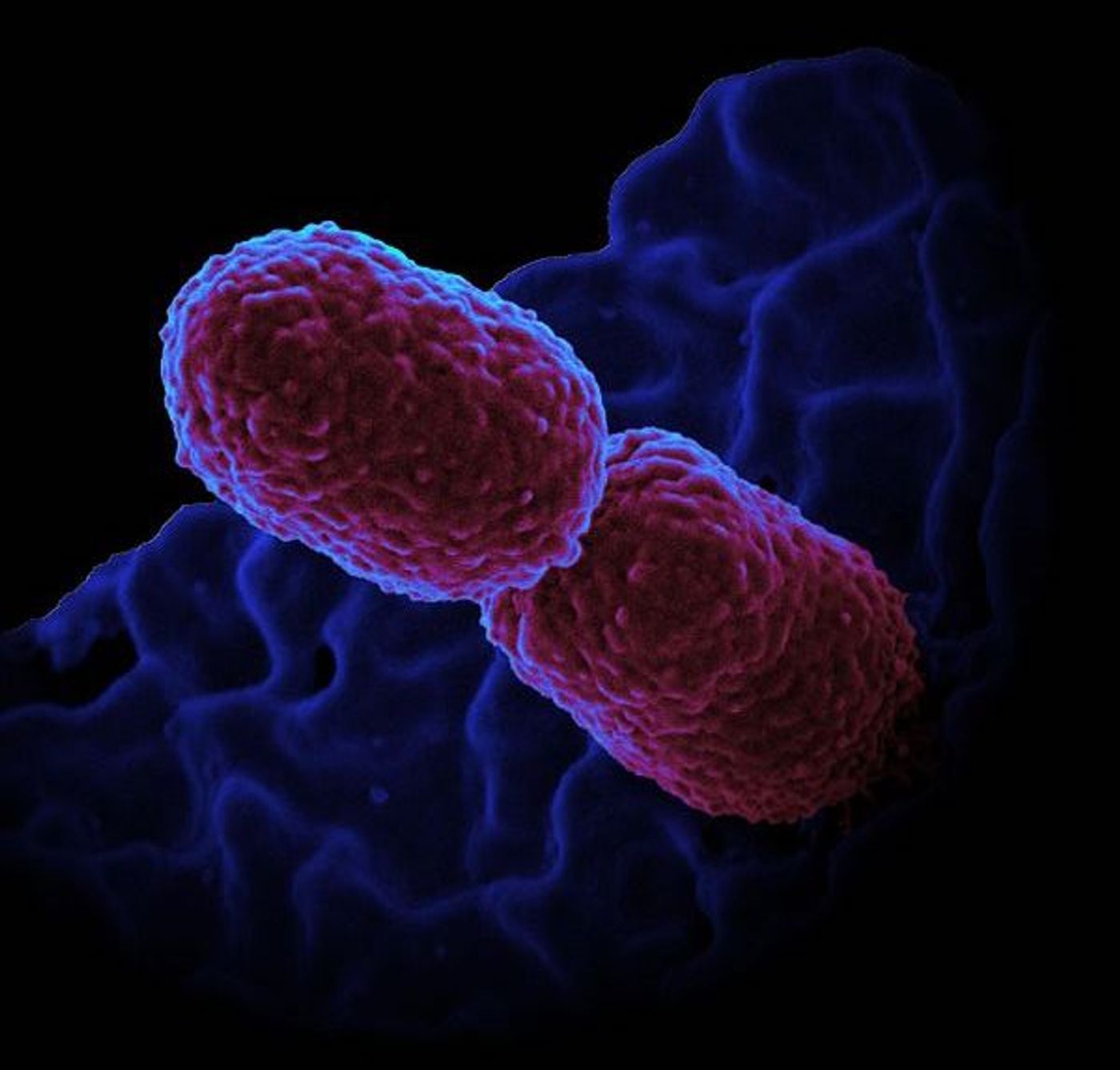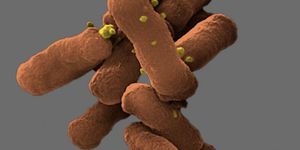A Genetic Assessment of a Drug-resistant Pathogen
Drug resistance is a growing threat to public health and is responsible for the death of around 23,000 people every year in the US alone. Researchers at the Centers for Disease Control and Prevention (CDC) are trying to get a handle on this problem, and to learn more, recently assessed the genome of a strain of deadly bacteria taken from an American patient. That person died from an infection of the bacterium Klebsiella pneumoniae.
This pathogen was one of the first to ever be reported as resistant to every one of the 26 antibiotics used in treatment, noted CDC bioinformatics expert Tom de Man. He led the study, which was published in mBio, an open-access journal of the American Society for Microbiology.
Several factors are at work in the rise of antibiotic resistance. One is the improper use of prescriptions. When people don’t finish them, a small number of bacteria may be left behind, and while they stop causing illness, they do harbor an ability to withstand drug treatment and may eventually reemerge, stronger and more dangerous. A smiler problem happens when people use antibiotics in instances when they are not warranted, such as for a cold, which is caused by a virus.
"The right drug at the right dose, taken for the right duration, is life-saving," said Alison Halpin, a molecular epidemiologist at the CDC whose lab performed the study. "But overuse can lead to adverse advents including the development of resistance."
In this work, De Man and collaborators found four genes that enable an organism to resist the effects of a broad class of antibiotics called beta-lactams (which are described in the video). They are used to treat infections from two types of bacteria: gram-positive and gram-negative. Two of those genes the scientists found were in the genome of the bacterium, while the other two were on plasmids (which are mobile pieces of genetic material that microbes swap, and often contain resistance genes).
Analyzing the genomes of pathogens can reveal a lot about them. Researchers can learn more about where resistance genes originated, and how they might work. The data may also help create diagnostic tests.
"We can find new resistance mechanisms," noted de Man. Epidemiologists might one day also be able to identify resistant pathogens before they spread, to help decide on treatment strategies. "We will likely know from this information which drugs work and which do not work," de Man explained.
A network of labs has been established by the CDC so that they can monitor the spread of dangerous pathogens. The idea, explained Halpern, is to stop transmission immediately. A global effort will be necessary to deal with the threat of drug resistance, however.
"Bacteria are going to continue to evolve," said Halpin. "We cannot stop resistance because it's part of biology. But we do want to slow it."
This informative video from the CDC is intended for healthcare professionals, but it is simple enough for the layperson to understand, and has good explanations for why people should not be prescribed antibiotics simply because they may think they need them.
Sources: AAAS/Eurekalert! Via American Society for Microbiology, mBio









